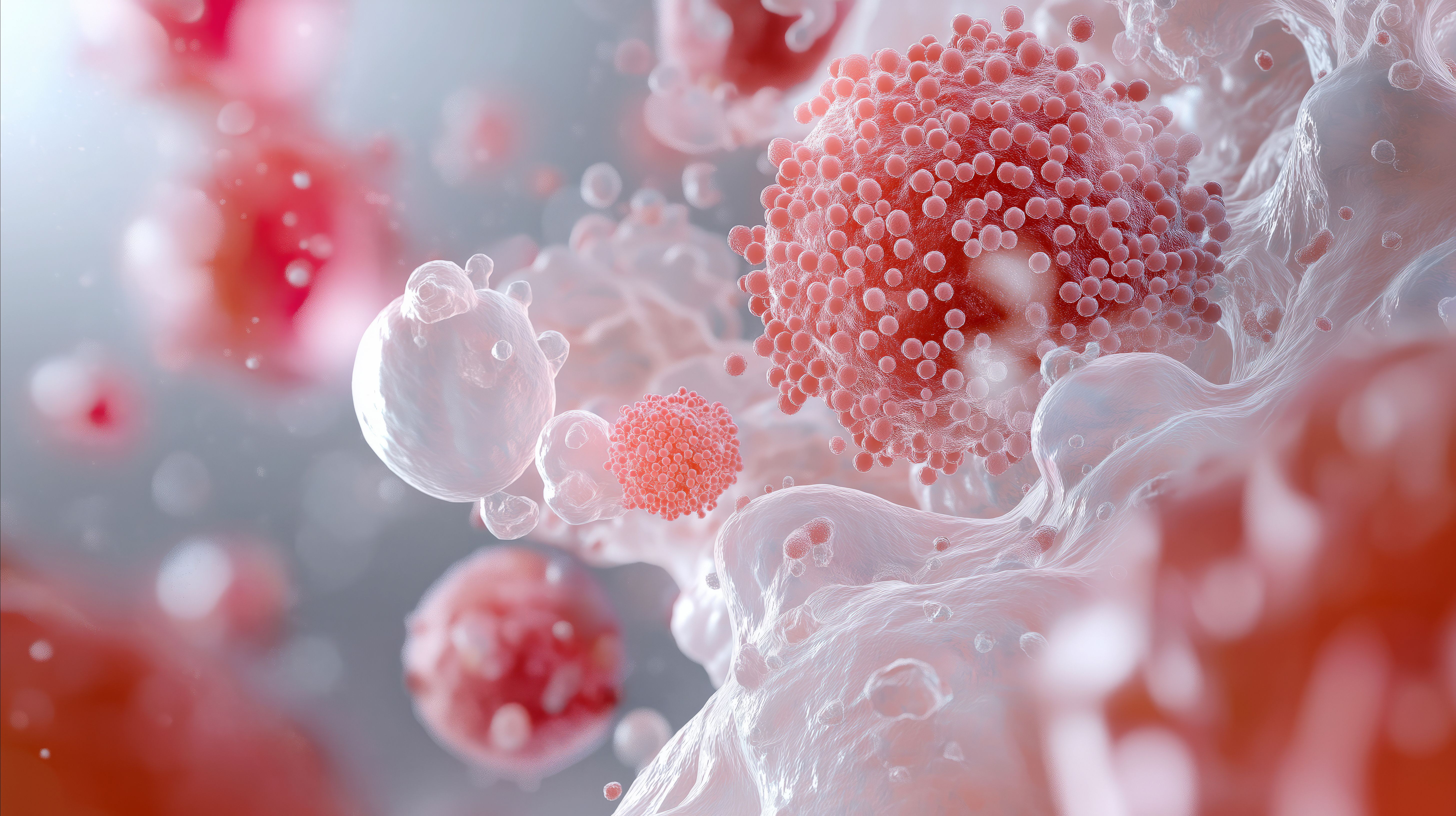News
Article
Preliminary Results of Ciltacabtagene Autoleucel in Treating Relapsed/Refractory Multiple Myeloma
Author(s):
Key Takeaways
- Ciltacabtagene autoleucel showed a 94.8% overall response rate in heavily pretreated multiple myeloma patients, with a stringent complete response rate of 55.7%.
- The median time to first response was one month, with deepening responses over time, and 94.2% of MRD-evaluable patients achieved MRD negativity.
Data from a preliminary phase 1b/2 study demonstrated a single low-dose infusion of ciltacabtagene autoleucel resulted in early, deep, and durable responses in heavily pretreated patients with multiple myeloma.
Data from the preliminary phase 1b/2 portion of the CARTITUDE-1 study demonstrated a single low-dose infusion of ciltacabtagene autoleucel resulted in early, deep, and durable responses in heavily pretreated patients with multiple myeloma (MM), with a safety profile consistent with that of the prior LEGEND-2 study, according to data presented at the virtual American Society of Hematology conference.
Ciltacabtagene autoleucel is a chimeric antigen receptor (CAR) T-cell therapy that has 2 B-cell maturation antigen—targeting single-domain antibodies designed to confer avidity. A prior LEGEND-2 study conducted in China investigating the LCAR-B38M CAR T-cell therapy demonstrated deep, durable responses with a manageable safety profile in patients with relapsed/refractory MM (RRMM).
In the CARTITUDE-1 study conducted in the United States, eligible patients aged 18 years or older who were diagnosed with MM based on the International Myeloma Working Group (IMWG) criteria were included for assessment. These eligible patients also needed to have measurable disease, Eastern Cooperative Oncology Group performance status below or equal to 1, received at least 3 or more prior treatment regimens or were double refractory to a proteasome inhibitor and immunomodulatory drug, and were administered an anti-CD38 antibody.
Following apheresis, bridging therapy was possible for patients. Treatment with cyclophosphamide at 300 mg/m2 and fludarabine at 30 mg/m2 daily for 3 days were used for lymphodepletion. Five to 7 days following the start of lymphodepletion, a single infusion of ciltacabtagene autoleucel at the target dose of 0.75×106 in the range between 0.5 and 1.0×106 CAR-positive viable T cells/kg was administered to patients.
In the phase 1b portion of the study, the primary objective was to characterize the safety of ciltacabtagene autoleucel. In the phase 2 portion of the study, the primary objective was to evaluate ciltacabtagene autoleucel efficacy, allowing for the establishment of the recommended dose.
Patient response to treatment was assessed based on the IMWG criteria and minimal residual disease (MRD) through next-generation sequencing. Additionally, adverse events (AEs) were graded using CTCAE v5.0.
By May 20, 2020, 97 patients with RRMM received ciltacabtagene autoleucel. The patients included in the analysis were 58.8% male, with a median age 61.0 years. The median follow-up period was 8.8 months (range 1.5—20.4), with patients receiving a median of 6 prior lines of therapy. Of these prior lines of therapy, 83.5% were penta-exposed, 87.6% were triple-refractory, 41.2% were penta-refractory, and 97.9% were refractory to the last line of therapy.
The overall response rate was found to be 94.8%, with a stringent complete response rate of 55.7%, a very good partial response rate of 32.0%, and partial response rate of 7.2%. Additionally, all of the patients observed achieved a reduction in M-protein.
The median time to the first response to treatment among patients was 1 month, with the median time to a complete response or better being 1.8 months with the responses deepening over time, although the median duration of response was not reached.
Among the 52 MRD-evaluable patients, 94.2% of them were MRD-negative. The 6-month progression-free survival (PFS) was 87.4% and overall survival (OS) rates was 93.8%, although the median PFS and OS were not reached.
In total, 10 patients died during the study, with 8 deaths due to AEs that were both related and unrelated to the treatment, and 2 due to progressive disease. AEs reported in more than 70% of patients were cytokine release syndrome (CRS), with the median time to CRS onset being 7 days and the median duration being 4 days.
The researchers also found that CAR T cell—related neurotoxicity was observed in 20.6% of patients, with the ciltacabtagene autoleucel CAR-positive T cells demonstrating a maximum peripheral expansion at 14 days. Among the patients with 6-month individual follow-ups conducted, 67% of them had ciltacabtagene autoleucel CAR-positive T cells below the level of quantification in peripheral blood.
REFERENCE
Results from CARTITUDE-1: Phase 1b/2 Study of Ciltacabtagene Autoleucel, a B-Cell Maturation Antigen—Directed Chimeric Antigen Receptor T Cell Therapy, in Relapsed/Refractory Multiple Myeloma. Poster presented at: ASH 2020 Virtual Conference. December 5, 2020.






